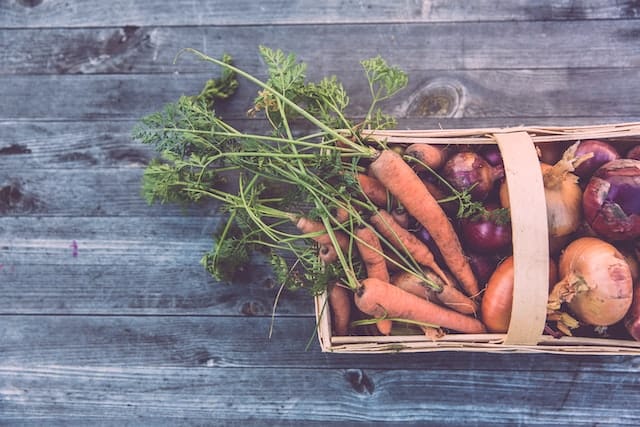Organic & Conventional Vegetable Crops Have Similar Pests Attacks but require different methods to deal with them. Common pest species of vegetables include coleopteran (like click beetle, Colorado potato beetle) or Diptera (like cabbage maggot, leafminers) or Thysanoptera (like thrips), and Acarina (like spider mites, bulb mites).
These pests have different methods of infecting vegetable plants, including but not limited to chewing, boring, rasping/scraping and piercing, and also sucking. Such pests are more likely to feed on surfaces or bored plant tissues like leaves, roots, stems, or fruits.
To control the attack of arthropod pests in vegetables are based on multiple factors, including pest biology, feeding behavior/habitat, mode of action of the pesticide option, prevention/curative, and environmental conditions. These factors all need to be taken into consideration to develop an Integrated Pest Management system (IPM) plan for an organic field.
IPM is Quite Important
Many entomologists and biological farm advisors have claimed both organic, and conventional vegetables use similar management techniques IMP is quite an important tool for managing all the internal systems at once and proves to be crucial in organic production.
In organic farming, the option of using chemical pesticides is limited and repetitive use of it can also develop endurances in the pests. Cultural, mechanical, microbial, biological, and behavioral control options are critical components of IMP & complement control with pesticide application.
Exploring the Possible Options
Cultural Option
There are several cultural methods available for organic farmers to control the spread of pesticides, like the use of resistant host plants, sanitation sprays, and modification of agronomic practices. Farmers can enact cleaning their farmland by managing weed hosts, removing and destroying infected plants and managing crop residue are all facets of good sanitation in the fields.
Farmers need to keep a check on their farmlands like planting season, plant density, crop rotation, trap crops, and mixed harvesting. Good nutrient and irrigation management can also play a major role in protecting organic vegetables.
Biological Options
A biological method can be particularly significant in an organic setting. Biological options also include natural anti-infectious, microbial control agents, and bio-stimulants. The biological approach also provides natural control, reducing the reliance on synthetic or other pesticides. Further, it also minimizes environmental and human risk and promotes sustainable food production.
Chemical Options
If your vegetable farm is severely infected from pesticides, then you may have to resolve to the chemical option like farms, you can choose botanical pesticides, microbial metabolite-based pesticides. They can also use pesticides comprising diatomaceous earth, fatty acids, and minerals.
Farmers will have to select the pesticides based on the type of arthropod behavior and habitat. One has to observe whether the insects are sucking the plant, if they are surface feeders or if they are borers and infecting the roots of the plant.
Mechanical Options
One of the crucial aspects of controlling the pesticide infection in organic farms includes mechanical means like using row covers, screens, sticky tapes, reflective material, and ultraviolet light.
Final overview on Organic vs. Conventional
Keeping aside the products that do not have organic registration, the Organic and conventional vegetable production system uses the same strategies for pest management. It is also said that there aren’t any new pests specific to organic vegetables at the moment, yet DBM infestations are growing in some areas in both organic and conventional fields. Organic farming is a labor-intensive job yet its outcomes are quite fruitful. Switch today to organic farming and do follow these easy steps to have a better farming experience. Do visit www.nicheagriculture.com to more organic farming tips and tricks.

